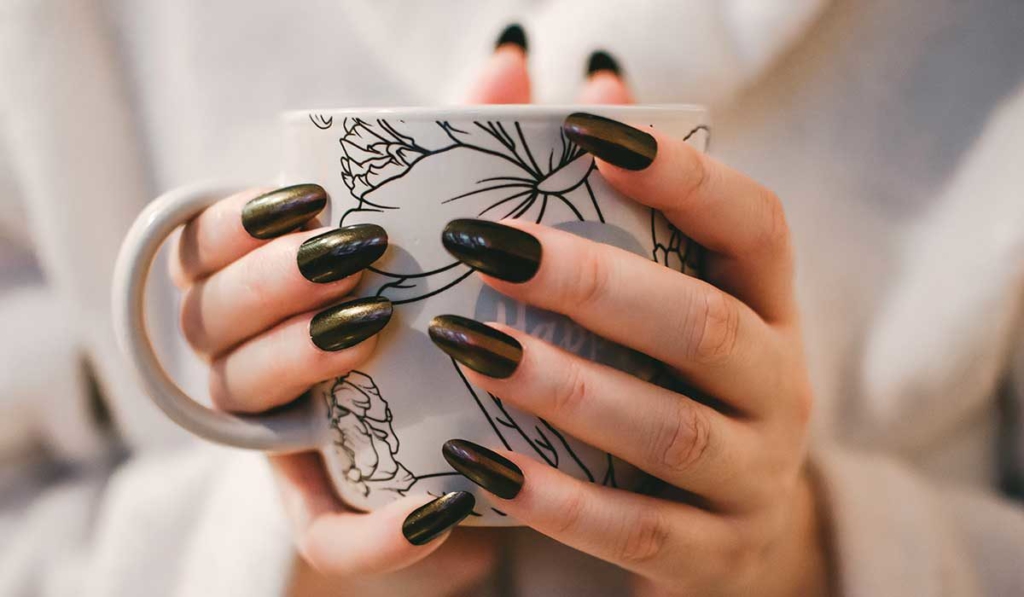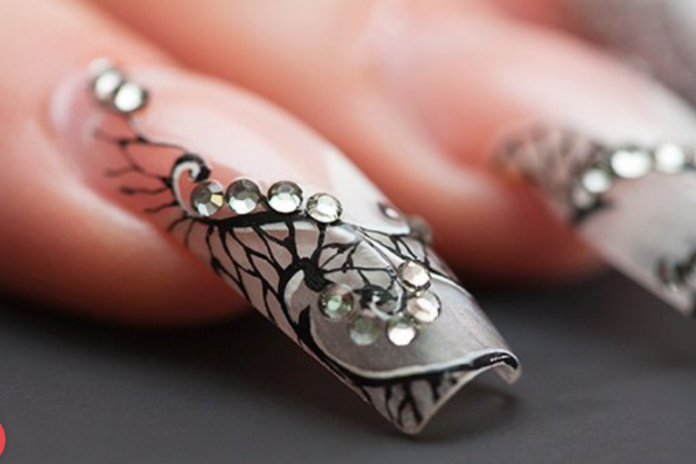Lift your fingers up, look at them closely.
What do you see? A beautiful natural branded set of fingernails put together from birth. But the temptation of getting them made up always-mostly get the better of us.
There are various types of nails but gel and acrylic nails are widely used.
Most people choose gels or acrylics when they’re committing for a longer time. Silks are most often used for a shorter time to strengthen nail tips or repair nail trauma, rather than making nails longer.
The promise of acrylic nails seems so sweet and more permanent than a regular polish, easy to maintain and a way to strengthen and lengthen those short, ‘ugly’ natural nails but the side effects can be scary.
The Big Bad Gorilla

The chemicals used to apply acrylic nails are notoriously unhealthy and include such offenders as resins and formaldehyde, which have been shown to cause cancer.
Exposure to these chemicals through your nails over a long period of time can result in complete nail loss by destruction of the nail matrix.
Although gel manicures can be beautiful and long-lasting, they can be tough on nails.
Gel manicures can cause nail brittleness, peeling and cracking, and repeated use can increase the risk for skin cancer and premature skin aging on the hands.
Dermatologist’s tips for reducing nail damage
To remove artificial nails, you often need to soak in acetone or file them off. If you want to wear artificial nails for more than a few weeks, you’ll need touch-ups every 2 to 3 weeks to fill in the gaps that appear as your nails grow. Frequent touch-ups can seriously damage your natural nails.
In short, artificial nails can leave your nails thin, brittle, and parched.
Still, some people love the look of artificial nails. If you’re one of them, these tips from dermatologists can help you reduce the damage:
Choose soak-off gel nails instead of acrylic nails: Gel nails are a little easier on your nails because they’re more flexible. This means your own nails are less likely to crack.
You’ll want to ask for gel nails that soak off rather than ones that must be filed off.
Go to a salon that uses an LED curing light rather than a UV curing light: Gel nails require ultraviolet (UV) light to harden. LED emits lower levels of UV radiation than a UV curing light.
An LED light also cures more quickly, which reduces your UV exposure.
Ask your nail technician to skip the cuticle trimming: Cuticles are often trimmed when you get any type of manicure. That’s a problem. Cuticles protect your nails and the surrounding skin from infection.
When you trim or cut your cuticles, it’s easier for bacteria and other germs to get inside your body and cause an infection. Nail infections can take a long time to clear
Cut cuticles also tend to feel rough when they grow back, so a nail technician may continue to trim your cuticles to keep them smooth.
Reserve artificial nails for special occasions: If you love the look of artificial nails, getting them only for a special occasion can reduce nail problems.
Time without artificial nails gives your nails a chance to repair themselves.
When you’re not wearing artificial nails, a regular or French manicure can leave your nails looking fabulous.

